


 |
||||||||||||||||||||||||||||
我们的移动小屋 |
 |
|||||||||||||||||||||||||||||||||||||||||
世界上的家有各种不同的尺度,有些家庭生活在一个小房间里,而另外一些则拥有大得看不见边的房子。不过不管怎样的情形家总是随着主人的财富增加而不断增长的。自1970年代以来,大多数西方国家的人家增长了50%.但是非常引人注目的是,
在家的尺度方面,越来越多的人选择居住在小房子里,有些人甚至将此发展到极致,选择住在可以移动的房子里或者象鸟一样栖居在树上或者海边,这些房子具有卧室,厨房,卫生间以及起居空间,以下几个案例可以让我们对此有一些初步的概念. |
||||||||||||||||||||||||||||||||||||||||||
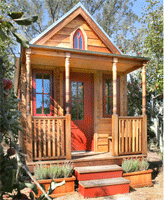 |
||||||||||||||||||||||||||||||||||||||||||
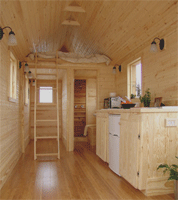 |
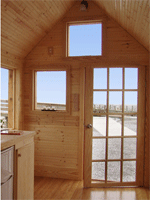 |
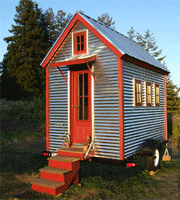 |
||||||||||||||||||||||||||||||||||||||||
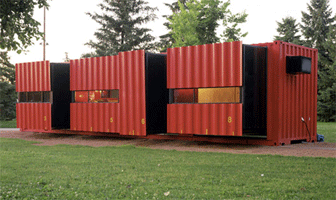 |
 |
|||||||||||||||||||||||||||||||||||||||||
这间由集装箱货柜改装的移动小屋拥有可自动伸缩的空间,作为餐厅、厨房和卫生间,当需要移动时,这部分空间就被收入集装箱体内。 |
||||||||||||||||||||||||||||||||||||||||||
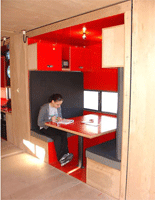 |
||||||||||||||||||||||||||||||||||||||||||
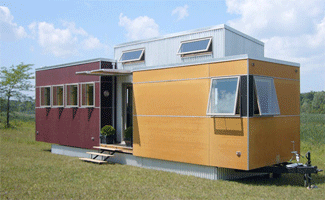 |
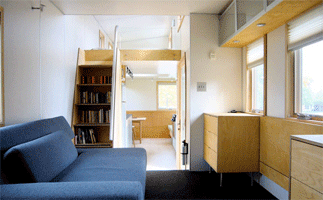 |
|||||||||||||||||||||||||||||||||||||||||
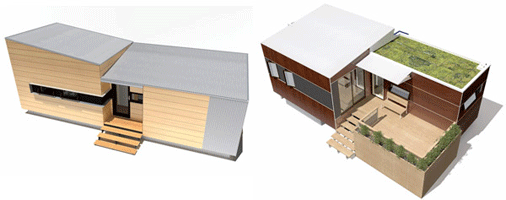 |
||||||||||||||||||||||||||||||||||||||||||
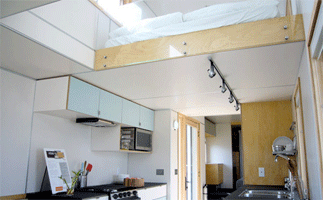 |
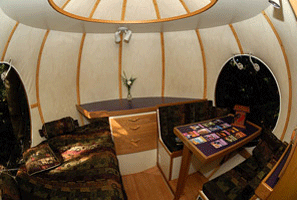 |
|||||||||||||||||||||||||||||||||||||||||
 |
 |
|||||||||||||||||||||||||||||||||||||||||
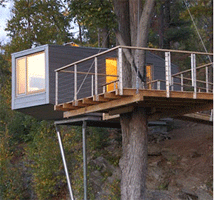 |
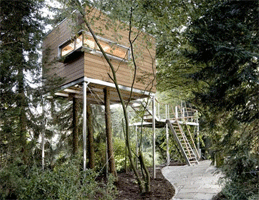 |
|||||||||||||||||||||||||||||||||||||||||
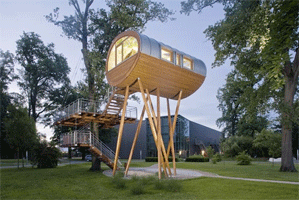 |
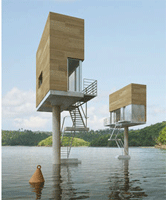 |
|||||||||||||||||||||||||||||||||||||||||
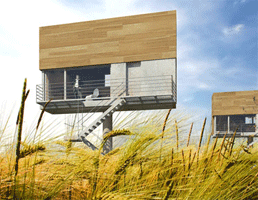 |
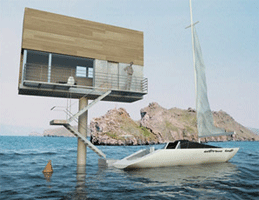 |
|||||||||||||||||||||||||||||||||||||||||
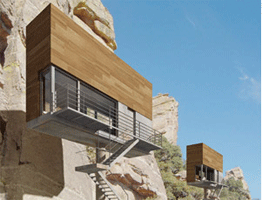 |
 |
|||||||||||||||||||||||||||||||||||||||||
 |
 |
|||||||||||||||||||||||||||||||||||||||||
 |
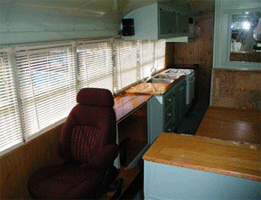 |
|||||||||||||||||||||||||||||||||||||||||
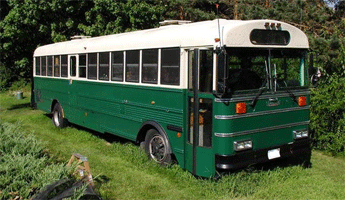 |
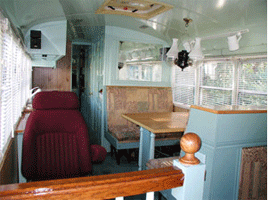 |
|||||||||||||||||||||||||||||||||||||||||
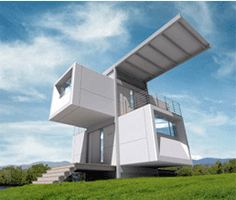 |
 |
|||||||||||||||||||||||||||||||||||||||||
| 这间能量房完全可以通过太阳能板独立供电,拥有雨水和污水自动处理系统,可以通过计算机进行自动的智能化控制,起居空间和厨房相连,卫生间则与卧室相连,同时通过两个空间的交错还可以提供一个室外起居的空间。 This completely self-sufficient home supplies it own electricity through solar panels, collects its water from rainfall and manages its own waste. it does all of this completely automatically thanks to a sophisticated computer which tracks the homes levels. despite its high-tech machinery, the zero home is pretty basic. a living area is combined with the kitchen, while the bathroom is combined with the bedroom. the two stacked rooms also provide a small deck for outdoor living. |
||||||||||||||||||||||||||||||||||||||||||
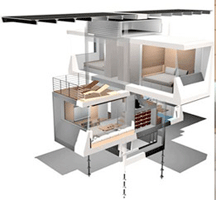 |
||||||||||||||||||||||||||||||||||||||||||
| 范思设计公司 版权所有 北京邮政100101-200信箱 (100101) 客服中心:8610-64956392 电邮:13911624921@139.com |